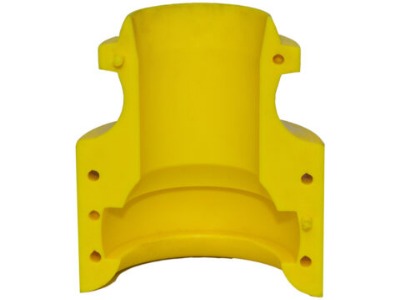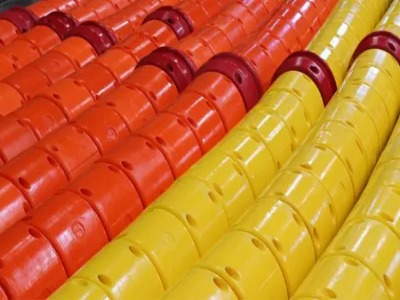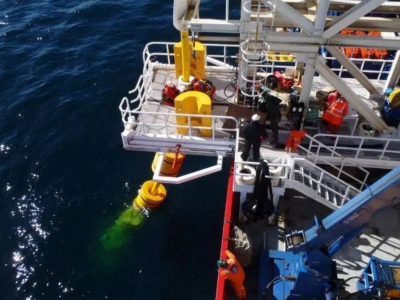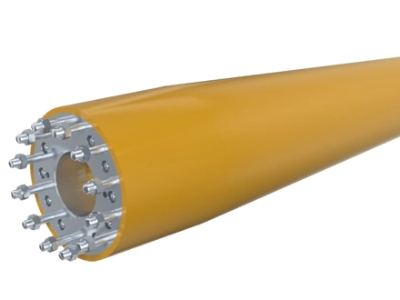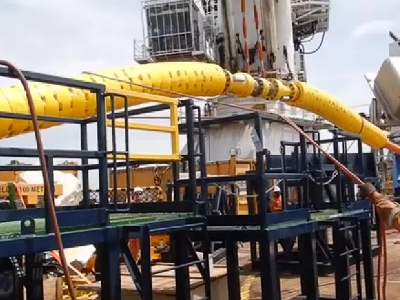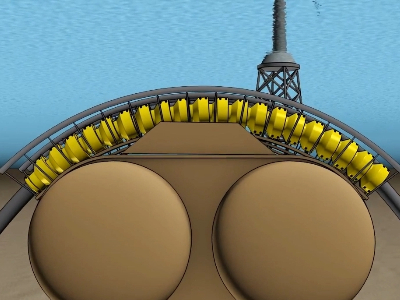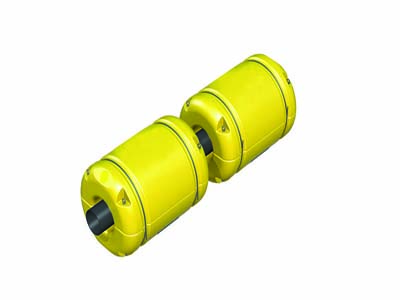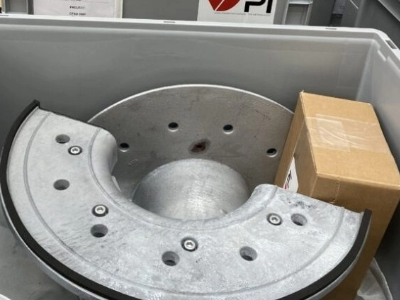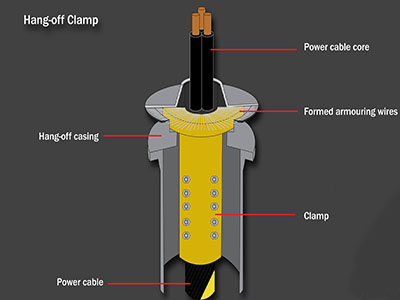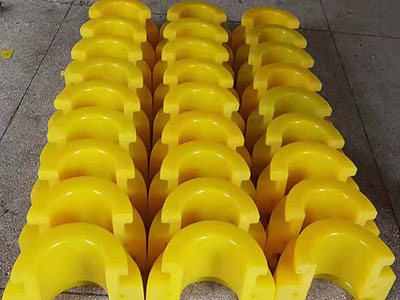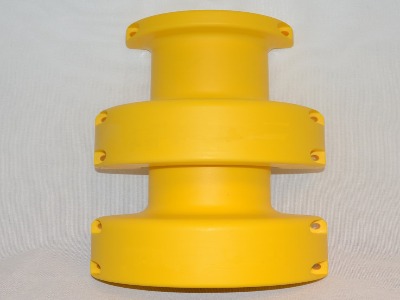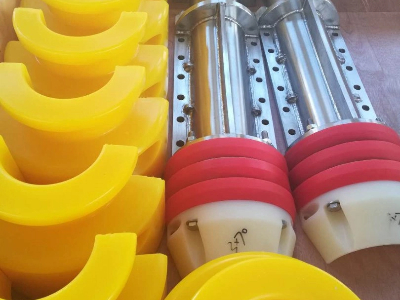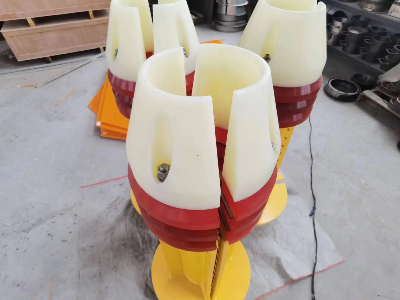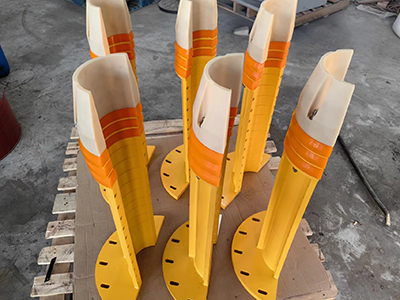In offshore engineering, achieving stability and controlled motion of subsea structures, risers, and cables is critical. The harsh underwater environment—with dynamic currents, waves, and variable depths—constantly challenges the integrity of these flexible systems.
This is where Distributed Buoyancy Modules come into play, providing an essential solution for maintaining controlled geometry, neutral buoyancy, and long-term operational safety.
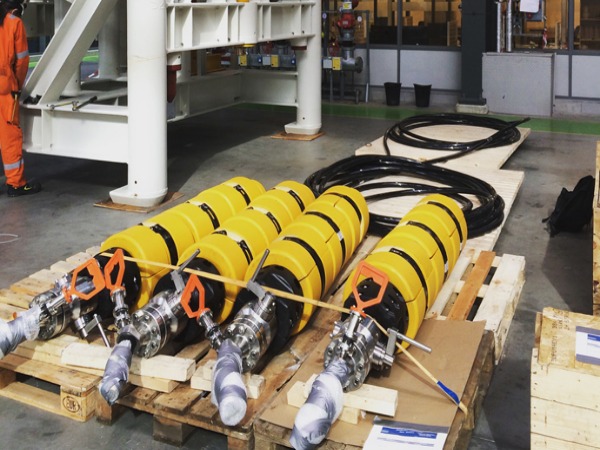
1. What Are Distributed Buoyancy Modules?
Distributed Buoyancy Modules, are engineered buoyant elements that are clamped or strapped along the length of subsea pipelines, umbilicals, or risers.
They are typically made of syntactic foam or other high-performance buoyant materials designed to withstand extreme hydrostatic pressures at various water depths.
Unlike a single large buoyancy unit, distributed modules are spaced at intervals, forming a buoyancy distribution profile that precisely shapes and stabilizes the subsea configuration.
2. Core Functions of Distributed Buoyancy Modules
The main objectives of Distributed Buoyancy Modules are:
Provide Controlled Buoyancy:Counteract the submerged weight of cables or risers to achieve the desired “neutral” or “slightly positive” buoyancy.
Maintain Geometric Configuration:Shape the riser or cable into a controlled “lazy wave” or “steep wave” configuration that reduces bending and fatigue.
Enhance Dynamic Stability:Minimize vibration, oscillation, and excessive motion caused by current or wave loads.
Reduce Mechanical Stress:Prevent overbending, kinking, or contact with the seabed by controlling curvature.
3. How Distributed Buoyancy Modules Enhance Underwater Stability
Let’s look at the engineering mechanisms behind how distributed buoyancy improves subsea stability:
a. Creating a Stable Hydrodynamic Profile
By adding buoyant force along specific sections, Distributed Buoyancy Modules reshape flexible components—like risers—into a more stable curve.
This reduces tension at connection points and spreads hydrodynamic loads more evenly, preventing localized stress concentration.
b. Reducing Dynamic Motion and Fatigue
In deepwater operations, dynamic risers experience cyclic movement due to waves and currents.
DBMs dampen vertical motion and act like shock absorbers, reducing fatigue damage over long-term operation.
Their distributed arrangement ensures the riser remains within safe bending limits even under extreme sea states.
c. Preventing Seabed Contact
For flexible pipes and umbilicals, contact with the seabed can cause abrasion or crushing.
Proper buoyancy distribution keeps these components suspended in a stable midwater position, preventing wear and maintaining signal or fluid transmission reliability.
d. Optimizing Load Balance Along the Structure
Each buoyancy module contributes a portion of the total required uplift.
By carefully calculating the spacing and buoyancy force per module, engineers achieve a balanced load distribution, which maintains geometric stability and reduces overall tension on the top connection points.
4. Design and Material Considerations
Distributed Buoyancy Modules are usually composed of:
Syntactic Foam:A composite material made of hollow glass microspheres embedded in epoxy resin—providing high compressive strength and low water absorption.
Polyurethane Shell or HDPE Casing:Protects the buoyant core from impact, water ingress, and UV degradation.
Clamping Systems:Stainless steel or composite straps secure each module to the riser or cable without damaging the outer sheath.
Design parameters such as depth rating, buoyant force, spacing, and hydrodynamic profile are determined through computational analysis and subsea simulation.
5. Application Examples
Flexible Risers: To form a lazy-wave or steep-wave configuration that minimizes stress at the top and bottom terminations.
Umbilicals and Power Cables: To prevent sagging and seabed interference in floating offshore wind or subsea oil & gas systems.
Submarine Pipelines: To balance buoyancy where uneven terrain or suspended spans exist.
6. The Result: Stable, Reliable, and Efficient Operations
Through distributed buoyancy, engineers can precisely tune a subsea system’s hydrodynamic balance.
This not only stabilizes the system under varying sea conditions but also extends its service life, reduces maintenance costs, and enhances safety across the entire offshore infrastructure.
Conclusion
Distributed Buoyancy Modules are an essential innovation in offshore engineering, turning unstable, flexible systems into predictable, stable subsea networks.
By intelligently controlling buoyancy distribution, DBMs ensure that cables, risers, and pipelines can operate efficiently and safely in the deep sea—where reliability is not optional but absolutely vital.
For detailed technical specifications and application support, reach out to our engineering team. Contact us!

